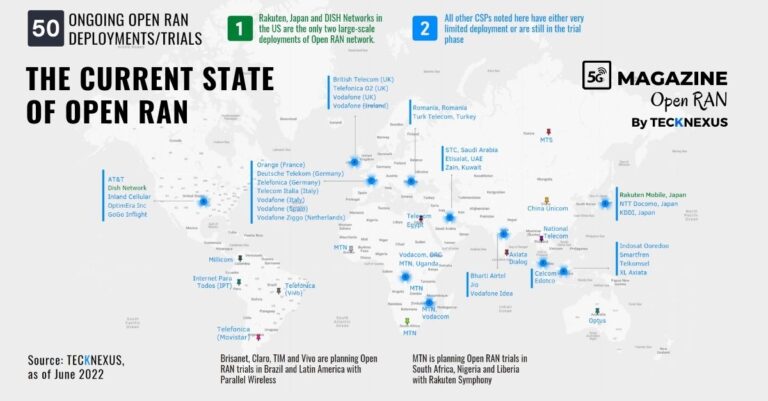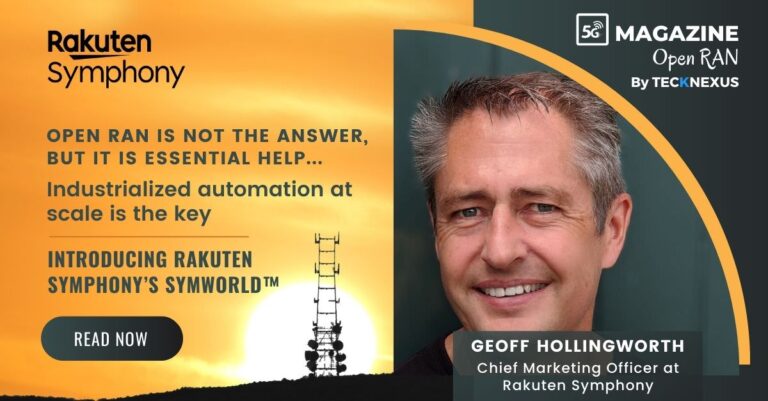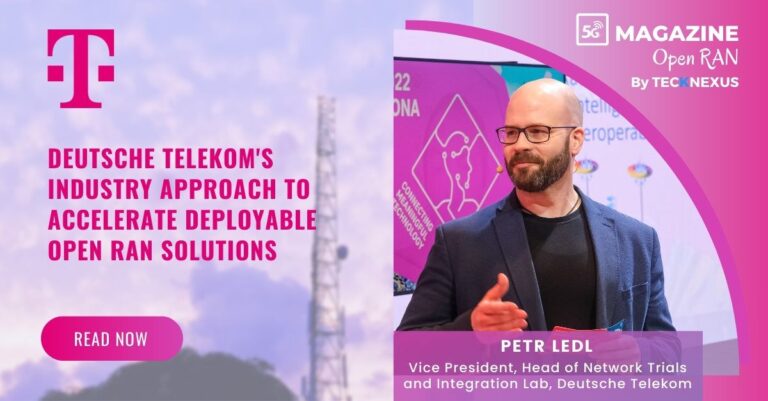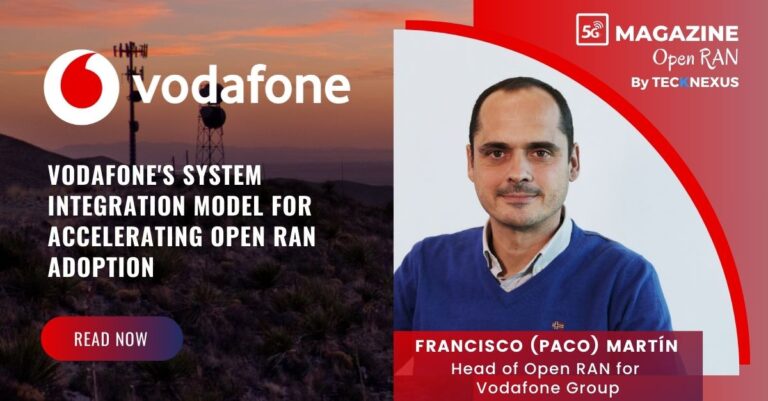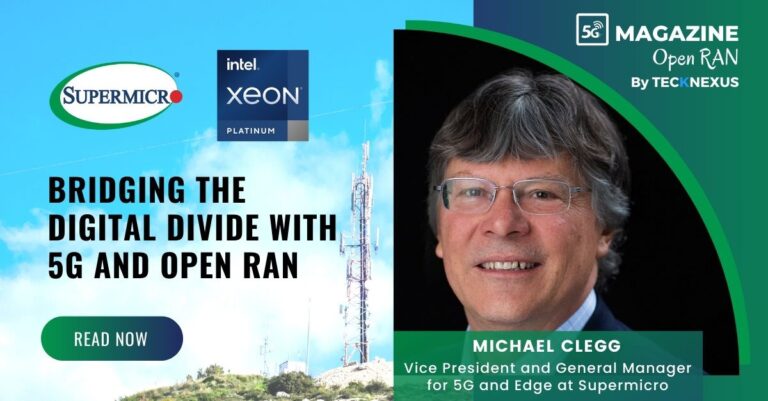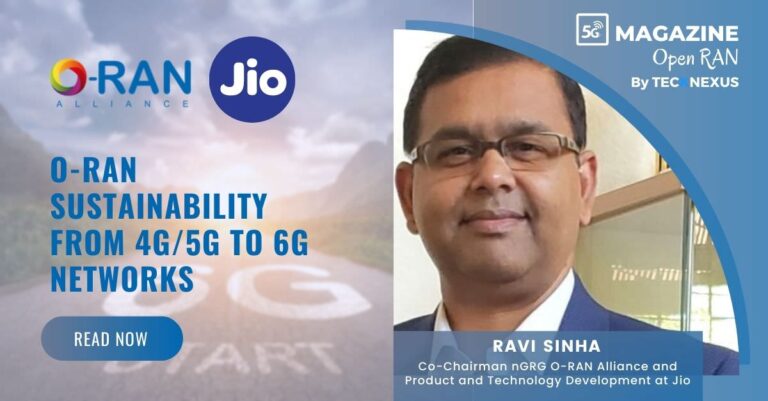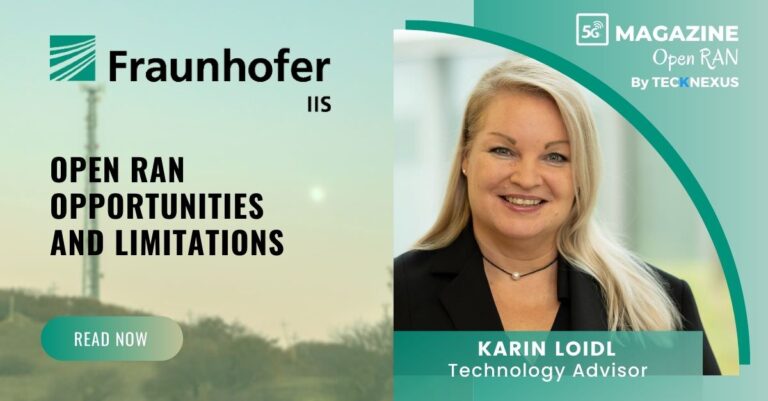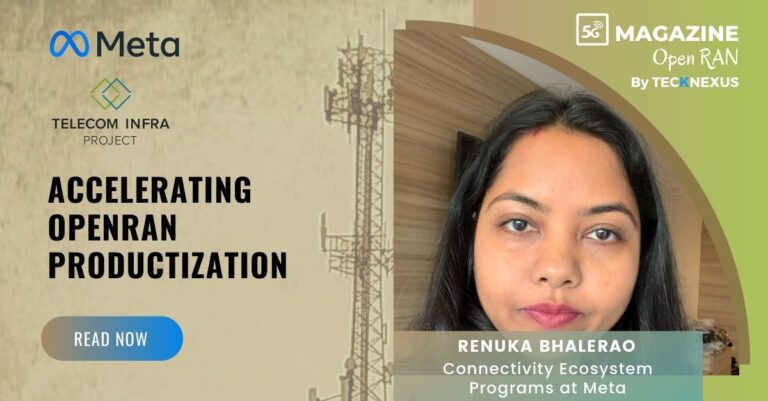The June 2022 edition delves into Open RAN's progress, exploring large-scale deployments, automation challenges, and innovative approaches by players like Rakuten, Deutsche Telekom, and Vodafone. Gain insights on sustainability, digital inclusion, and evolving 5G architecture. ...
Home » 5G Magazine » Open RAN | 5G Magazine July 2022 Edition » Real-World Open RAN Deployments and Challenges
Real-World Open RAN Deployments and Challenges
Zahid Ghadialy, Principal Analyst & Consultant at 3G4G provides us a background for the need to support Open RAN across 2G/3G/4G and 5G. What are the common challenges, capacity enhancement challenges and coverage challenges? How operators and vendors is addressing those challenges in developing and developed countries?
Log In or Register to Access This Article
Login
Register
Feature Your Brand in Upcoming Magazines
Showcase your expertise through a sponsored article or executive interview in TeckNexus magazines, reaching enterprise and industry decision-makers.
Related Magazine Content
This article provides an overview of all the Open RAN ongoing deployments and trials, globally, as of June 2022. ...
An in-depth interview with Geoff Hollingworth, Chief Marketing Officer at Rakuten Symphony covering Rakuten Mobile's Open RAN Journey, including the rationale behind opting for Open RAN solution, the current state of their Open RAN deployment, their success, the challenges they addressed, the solution approach, architecture blueprint and recommendations to operators ...
An interview with Petr Ledl, Vice President, Head of Network Trials and Integration Lab, Deutsche Telekom covering DT's Open RAN Journey and related topics such as Why do we need Open RAN? How do manage the RAN disaggregation complexities? What are Open RAN challenges & Learnings? Global Industry Approach for ...
An interview with Francisco (Paco) Martín, Head of Open RAN for Vodafone Group focusing on Vodafone's system integration model for Open RAN adoption. What happens if traditional model is applied to OPEN RAN system integration? How system integration can be done in lab? What is the proposed lab model? What ...
Michael Clegg, VP & GM for 5G and Edge at Supermicro, shares insight on how Supermicro is bridging the digital divide with Open RAN & 5G. What does Open RAN mean to Supermicro? What is the state of Open RAN market today? How Open RAN can help improve global connectivity ...
Ravi Sinha, Co-Chairman nGRG O-RAN Alliance provides an overview of the next generation research group mission, ecosystem, & research streams. ...
Karin Loidl, Technology Advisor at Fraunhofer IIS explains how Open RAN can be a game challenger? Role of Open RAN in Campus Networks, with a view on Germany? What are the technical challenges for deploying an Open RAN solution? Shares Open RAN future perspective and important takeaways. ...
Renuka Bhalerao from TIP and Meta provides an update on the current state of TIP, including the release 2 roadmap & Meta's Evenstar program. ...

Brand Connect
Amplify Your Brand & Boost Your Business
- Thought-Leadership Management
- Magazine Article
- Executive Interviews
- Whitepapers
- Research Reports
- Custom Research
- Blog Series
- Webinars
- Podcasts
- Advertorials
- Display Ads
- Event Partnership




